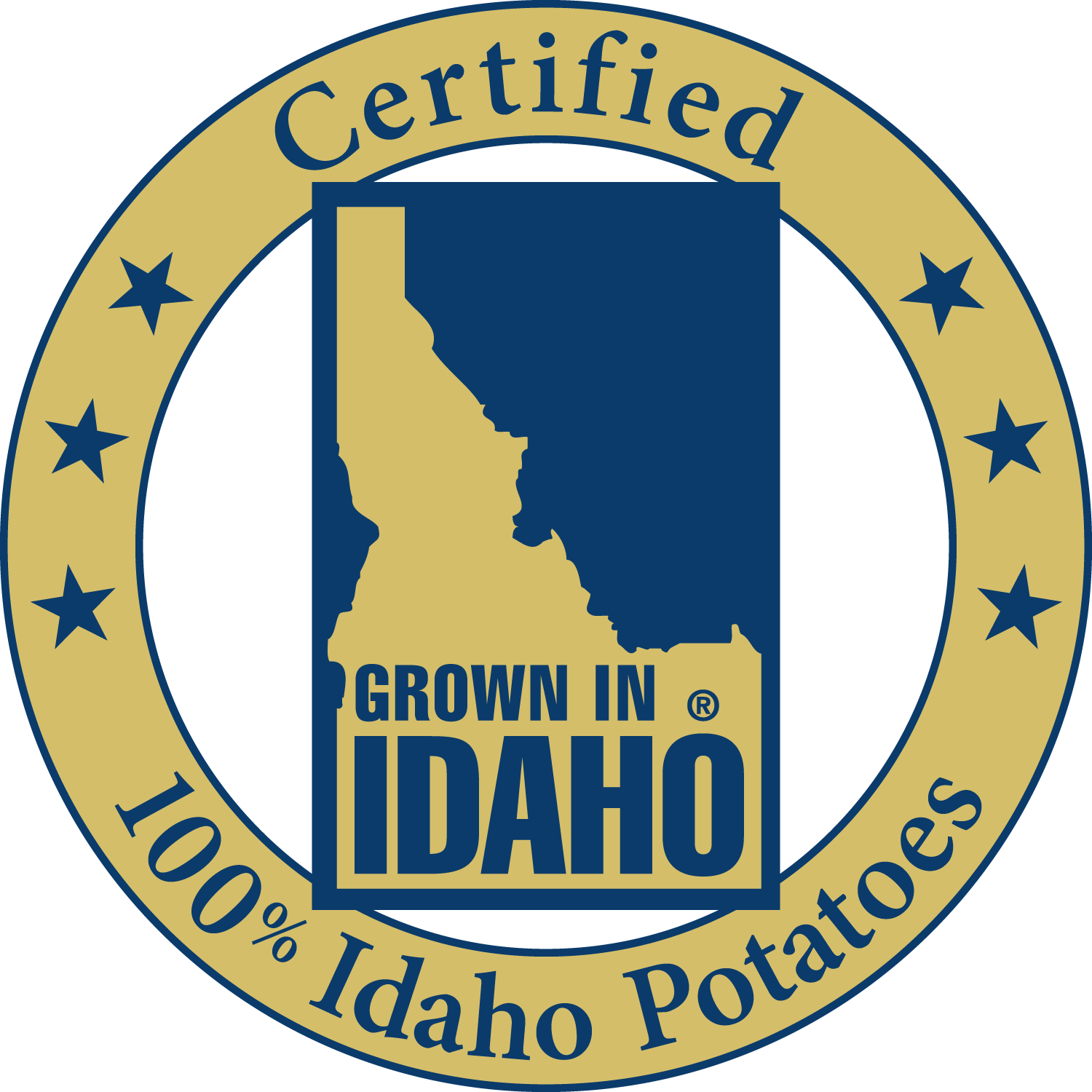Popular Tags
Ask Dr. Potato
With 938 posts, chances are there's already an answer to your question. Please try searching below before submitting a question to Dr. Potato. Use multiple words to help narrow down the results. For example, search for "potatoes" and "group" if looking for an answer on cooking potatoes for large groups.
What Can I Do to Minimize Sprouting on My Idaho® Potatoes?
Dr. Potato: Eek! My potatoes are coming to life! I’m a larger foodservice distributor, it’s mid-January and I’m having issues with our Idaho potatoes beginning to sprout in our warehouse. We’ve had these few loads about three weeks, and we store the potatoes in a 55°F area. What can we do to minimize the sprouting?
First a little background…potatoes are a living organism and by nature (being asexual) do not need much help reproducing. Given the right environment, sprouting is nature’s way of doing so. And given that all Idaho potatoes are harvested and stored in the same general late summer/early fall period, sprouting is not an indication that the potatoes are ‘bad’ or ‘old.’
However, the potato aesthetic appearance remains important to shippers, to receivers as yourself, and especially to your customers. Shipper/Packers store potatoes in high-tech sheds that carefully maintain potatoes in a winter, dormant stage. This is done by storing the potatoes at high (90%) humidity level, at a strict temperature range (around 41 – 43°F), with no light, and with the potatoes encased in the very soil each was harvested. Making for an ideal, natural storage ‘package.’ To enhance this, shippers also apply a substance called ‘Sprout-Nip’ early in storage season, around November-December in the form of gas, applied via the air circulation system in the base of all potato storage sheds. Then the same is applied (in diluted form) in the packing shed months later, as the potatoes are washed, graded, sorted and packed for retail and foodservice distribution points. The Sprout Nip serves to eliminate any sprouting that may have occurred in storage (Sprout Nip has been used on potatoes since 1952 and is considered one of the safest applications know for vegetables. For more information on Sprout Nip, visit this link: https://idahopotato.com/dr-potato/chemicals-on-potatoes).
What can you do as a receiver? Your storage area of 55°F is too warm. This presents a higher risk for early potato sprouting. While some fresh French-fry operators ask for this temperature storage, at best it shouldn’t be for more than a few days. I recommend transferring most of your potatoes to store on a regular basis in the 45°F zone range of your warehouse. Also, holding potatoes for three weeks prior to final shipping to your customer is asking for trouble. Once the potatoes have been washed and sorted at the shipping/packing facility, the holding life of potatoes really starts ticking. Try to keep an inventory no longer than a week to 10 days. With today’s logistics so dependable (well, mostly that is), your days-on-hand inventory for potatoes needn’t be much to ensure a steady supply. Finally, maintaining a tighter inventory helps ensure freshness and fewer chances that the potatoes will sprout on your watch!
Share This

Dr. Potato isn't a real doctor but a team of potato experts ready to answer all your potato questions.
Click here to submit »
Dr. Potato Categories
The Idaho Potato Commission
Established in 1937, the Idaho Potato Commission (IPC) is a state agency that is responsible for promoting and protecting the famous "Grown in Idaho®" seal, a federally registered trademark that assures consumers they are purchasing genuine, top-quality Idaho® potatoes. Idaho's ideal growing conditions, including rich, volcanic soil, climate and irrigation differentiate Idaho® potatoes from potatoes grown in other states.
Contact
661 South Rivershore Lane
Suite 230
EAGLE, ID 83616
Phone: 208-334-2350
Fax: 208-334-2274
More

